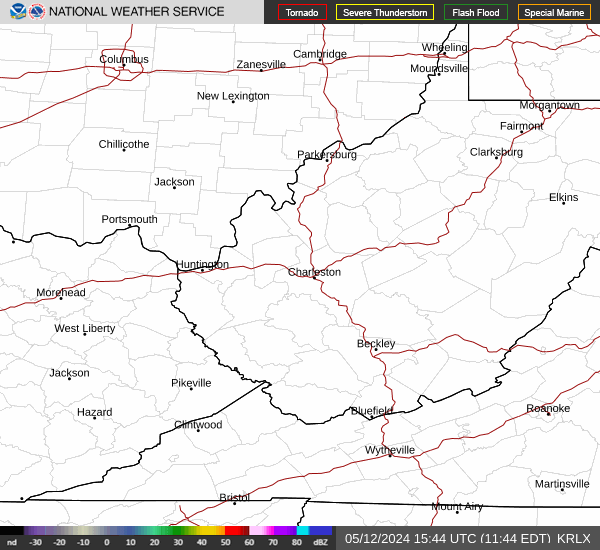Issued: 12am on Thursday, January 1st 1970
Technical Forecast Discussion
Short Term (Wednesday 8/7 through Saturday 8/10)
A broad upper-level system has been taking shape over the region and for the upper Midwest. The first and previously affected shortwave has been progressing further east and continues to drag an associated cold front toward the Atlantic coast by Thursday morning. In recent passage of this surface boundary over the region (23z) this afternoon, the isolated showers and thunderstorms picked up on radar will decrease in intensity and coverage from west to east this evening. Wednesday night, moisture values gradually decrease through the mid and lower levels of the troposphere, but remain near saturated for the surface. Somewhat reduced cloud cover, light overnight winds and pre-existing soil moisture (from this morning and evening) will generate the possibility of patchy fog development into early Thursday. As the AM fog disperses with sunrise and mixing, surface winds will pick up as southwesterly flow advects more moisture and WAA into the region. In addition, the second and more pronounced upper-shortwave trough will progressively dig into the upper Great Lakes with its associated surface low in southeastern Canada. A well-defined cold front will drape S-SW of the low and approach southeastern Ohio by Thursday afternoon. Strong and well-defined Jet streak values nearing 120 knots will be positioned northwesterly downstream and near the base of the aforementioned trough. Severity potential is possible Thursday afternoon/early evening as thunderstorms will form ahead and along the approaching frontal boundary. With this nearing cold front, the environment will be unstable with moderate/strong low to mid-level lapse rates and available CAPE values that near 2000 J/kg. CAPE values will not be extremely increased, yet the presence of the Jet and strong flow aloft, speed shearing in the lower levels may exceed 30-35 knots. Hodograph profiles are slightly disrupted in the mid-levels, but are fairly straight and elongated. In combination, multi-cellular formation/squall line features look to primarily exist alongside the possibility of a few supercells developing. Primary threat of severity that is possible will be strong gusty winds and some small-severe hail as lapse rates are not overly aggressive. This front looks to finally pass through and extend south of Ohio by late Friday morning, which will keep some leftover low-level moisture and chances of a shower for the first part of Friday. Northerly flow then begins to direct in higher pressure (of about 1016mb) for the rest of the forecast period filtering in drier air. Temperatures will remain near average for Thursday, but will then be slightly cooler than average for Friday and Saturday.
Long Term (Sunday 8/11 through Tuesday 8/13)
High pressure will continue to influence through Sunday, but will introduce a more southwesterly flow with more moisture being advected into the area. Another upper-level shortwave will dig across southeastern Canada and will drag a weak cold front from the northwest through southern Ohio for Monday afternoon. Winds then back for early Tuesday and shift southeasterly as the region is situated within the warm sector of an approaching surface low. For late Tuesday into Wednesday, a lifted Jet just north of the region will provide synoptic level forcing and yet another low-pressure system to move in from the west, introducing more showers and even thunderstorms. Temperatures through this period will gradually warm into the mid-80s alongside rising dewpoints and precipitable water values.




